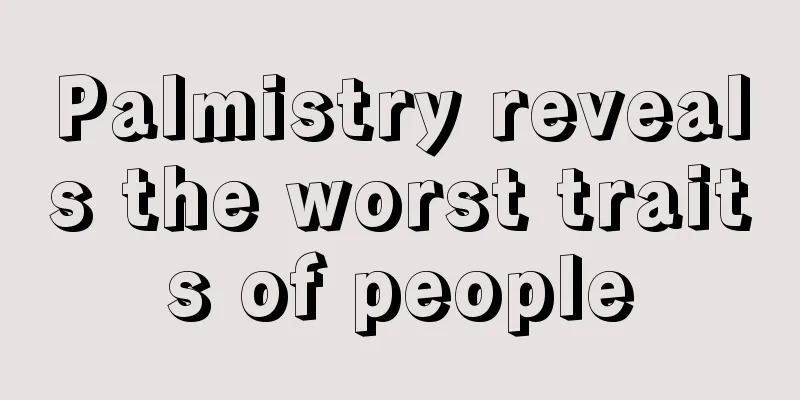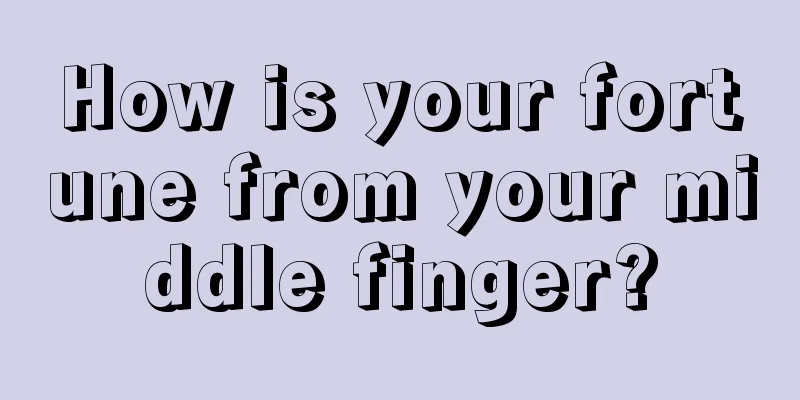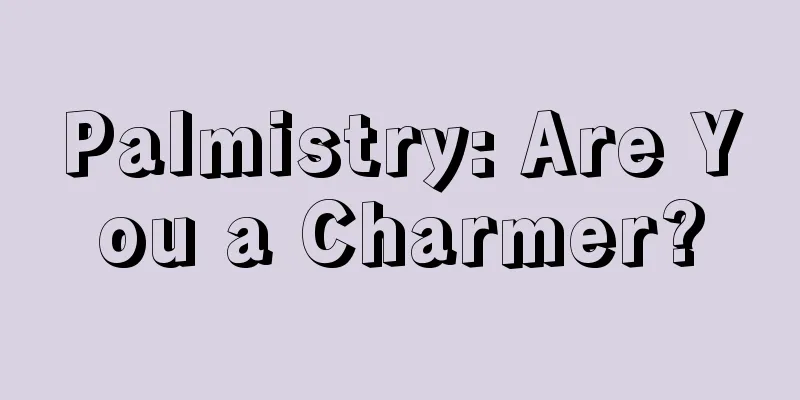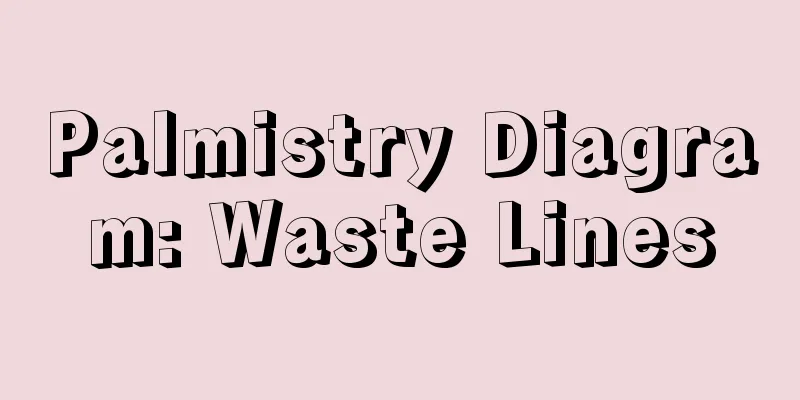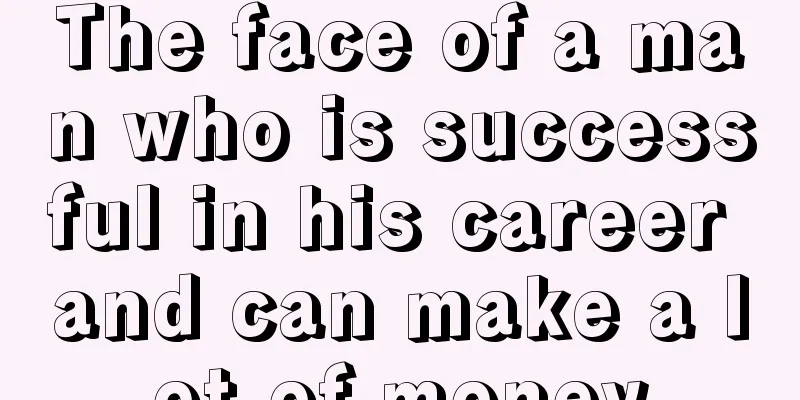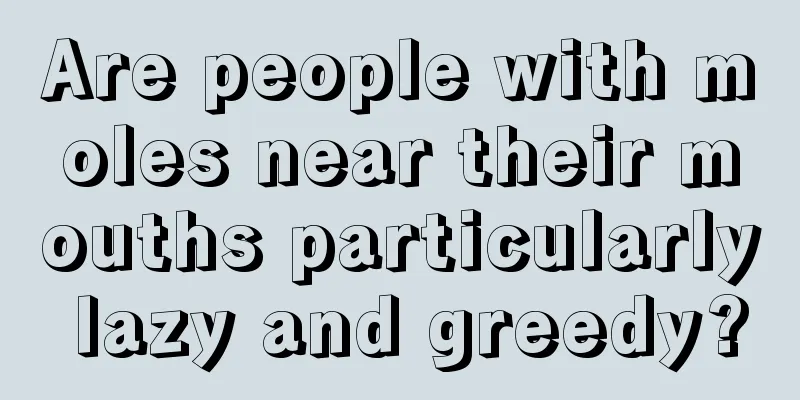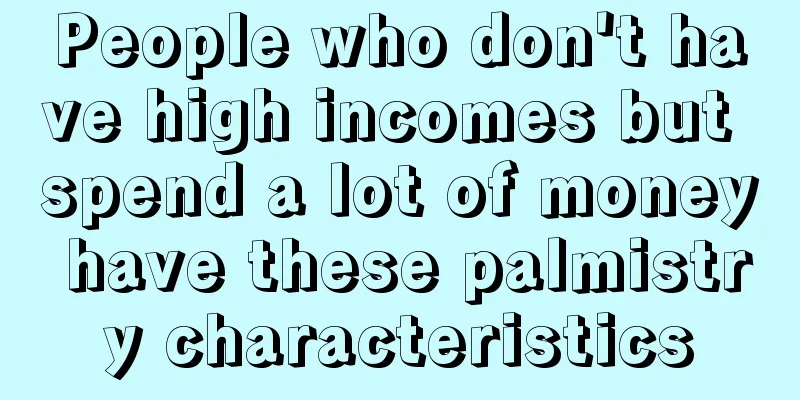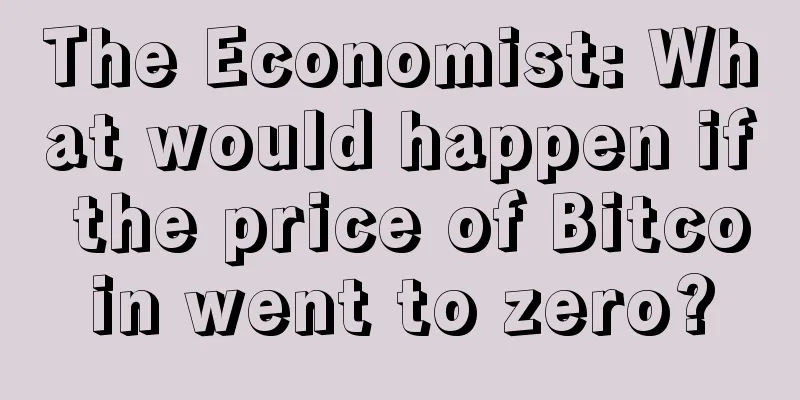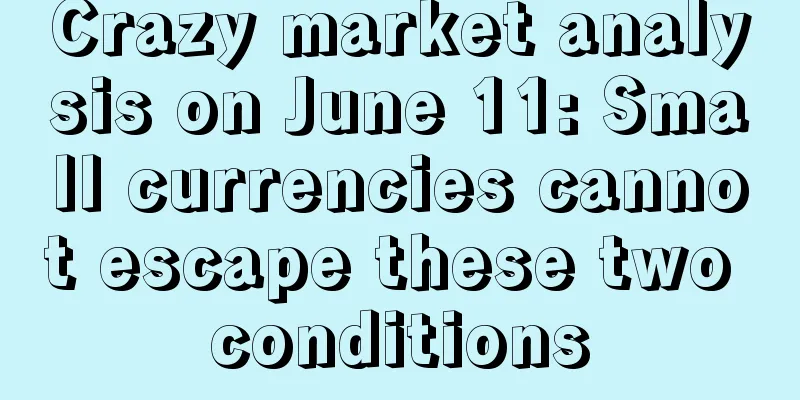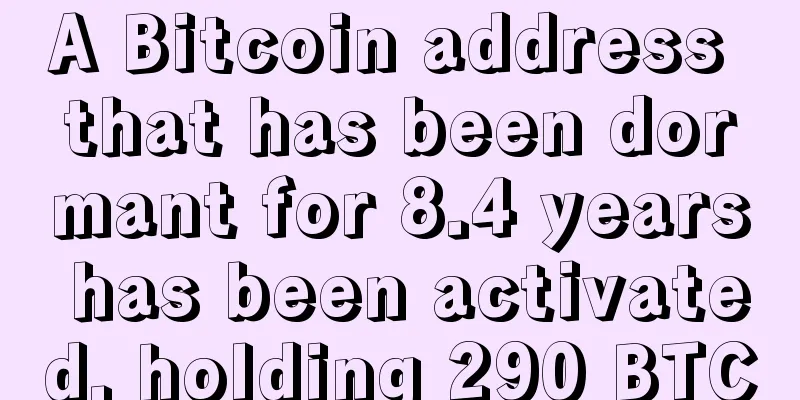How R3, a world-leading financial innovation company, became a melting pot for blockchain cooperation
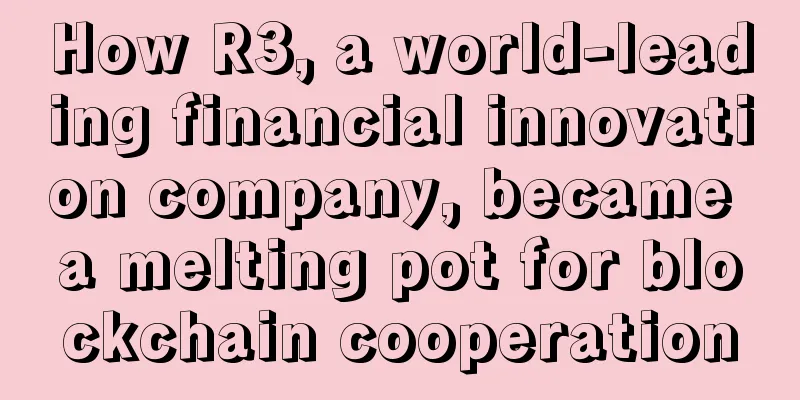
|
R3’s main role – helping banks pick the raisins from the bread? Banks can’t adopt blockchain technology in its current form. Someone has to pick out the raisins in their bread, so to speak, and that’s what R3 is here to do. R3 told Cointelegraph that it is designing and building “solutions that meet banks’ requirements for identity, privacy, security, scalability, interoperability and integration with legacy systems.” R3 has been working on a new platform called Corda for managing and synchronizing financial agreements. The whole point of Corda is to choose the right consensus model for their users - anyone who participated in the transaction can clearly see another thing on the Internet, while those who did not participate in the transaction certainly cannot see it. There are no third-party validators, no misunderstandings, no wasted time. Everyone has the same information, can see what everyone else does, and everything is completely private. No wonder banks around the world are excited. Who is particularly interested in R3 and why? According to R3, after a successful initial phase of engaging with banks, the consortium has entered a second phase that includes banks and non-bank financial institutions. At this point they already have more than 50 members. R3 believes that the power of a new technology comes from the network, and this seems to be true as the project snowballs: more members join the R3 project, and that attracts more potential members. R3 provided the necessary means to launch the project and grow, but now it seems that the future has begun to create itself. One of R3’s members, Spain’s Santander, has calculated that it could save $20 billion by leveraging blockchain technology. So how much money could other banks save? And what could they do with it? Cointelegraph surveyed some of the other members of R3 and found that these banks specialize in wealth and asset management, investments, and are particularly enthusiastic about the projects they are involved in. What can non-bank financial institutions gain? The R3 trend is also growing among insurance companies, with AIA Hong Kong Life Insurance Group and Ping An Insurance Group of China, for example, both joining R3. Other non-bank members include management consultancies. Perhaps part of the billions the banks rescued was their day? For example, PricewaterhouseCoopers has released a new platform — DeNovo — that is designed to help those involved in “blockchain technology.” Everyone wins! Bent Dalager, head of Nordic financial services at Accenture Consulting, also said that the future of blockchain-based technology is already here, and only the Nordic countries are still hesitant to participate. Maybe they just don’t know enough? However, these consulting firms seem excited about the opportunity because it means a fresh start, a new concept and new clients and new areas to expand into. What does the future of R3 look like? R3 has become the largest startup in its niche and continues to expand. Banks and insurance companies can save billions of dollars and ensure the security of all transactions and transactions. Management consulting firms are studying the rules for new financial technologies and courting new clients in new areas. What about bank employees? Will new technologies reduce their workloads? Or will they create more jobs because of the potential for expansion? Last but not least – how does this new, blockchain-like technology affect Bitcoin and “traditional” blockchains? Is it possible that in the future both concepts can grow and benefit from each other, or will they merge? |
Recommend
What kind of nose does a woman have to have to bring good luck to her husband?
What kind of nose does a woman have to have to br...
The market expects the Fed to slow down the pace of interest rate hikes, and Bitcoin briefly hits $21,000
Bitcoin surged above $21,000 for the first time s...
South Korea's Daesin Securities Partners with Local Bitcoin Exchange
Rage Review : Daishin Securities Co., a large Kor...
What kind of nose is good for men?
In physiognomy, we can analyze our destiny throug...
Are men with bumps on their noses good? They are well organized and have strong execution abilities!
What does a man with a hump on his nose look like...
What kind of male face is good? What kind of male face is good?
Every woman wants to have a good man. They are we...
What kind of face do you admire most for someone who can write a perfect essay in the college entrance examination?
Every year, thousands of students take the colleg...
The standard of a prosperous husband
The Physiognomy Sutra says that there are nine vi...
How does a woman with thin upper lips look like?
In physiognomy , a person's mouth is directly...
What does a successful woman look like? Which women have strong career abilities?
Nowadays, many women have strong career abilities...
Mastercard to test USDC for payments as stablecoin regulation grows
Mastercard has named its first stablecoin and a n...
Apple chin woman's face analysis
In physiognomy, the chin is the location of a tre...
Mole physiognomy reveals which positions of men with moles are good for their wives
For women, marriage is like a second life. Some p...
What does a mole on a girl's neck mean?
Everyone knows that almost everyone of us has mol...
Judging the Wisdom of the Index and Ring Finger
Judging the Wisdom of the Index and Ring Finger T...
